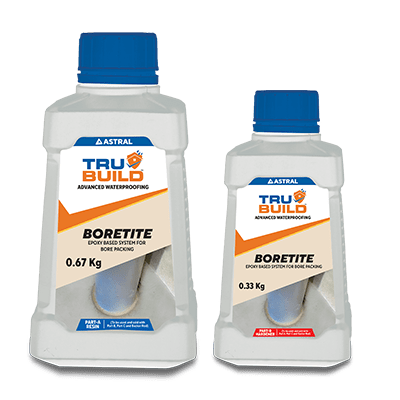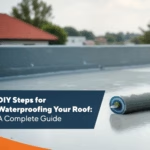Interior vs Exterior Basement Waterproofing: Which One Works Best?
Apr 9, 2025
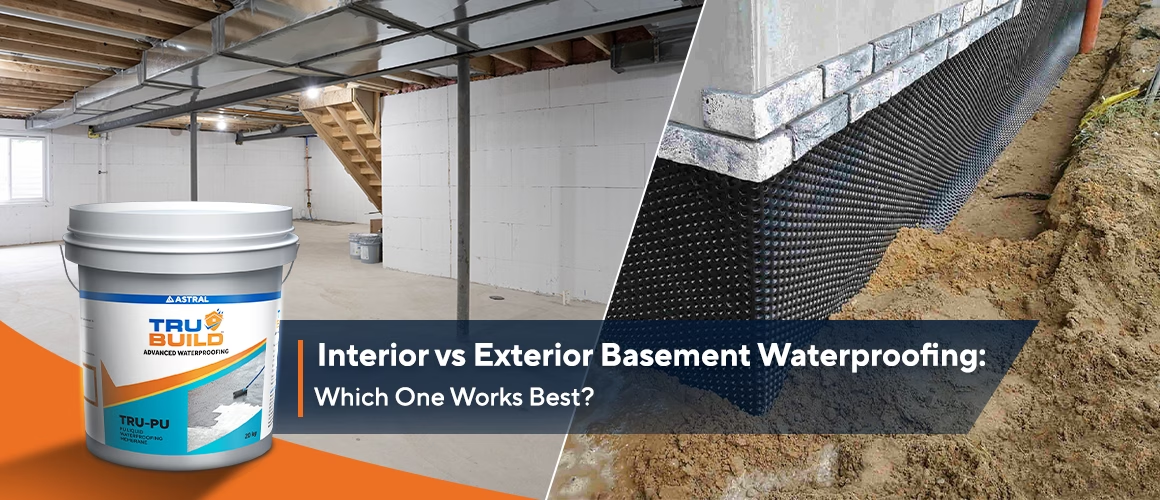
A damp basement is every homeowner’s worst nightmare. But the real challenge lies in pinpointing the source of the issue. If water damage originates outside and you only waterproof the interior, the external issues will worsen. Similarly, if the issue is in the interior and you focus solely on exterior basement waterproofing, the moisture inside remains unresolved.
The key to effective foundation waterproofing is identifying and addressing the root cause. This blog compares interior vs exterior basement waterproofing, breaking down the features, effectiveness, and ideal applications. By the end, you will be equipped to make the right choice and keep your home dry for the long run.
Understanding Basement Waterproofing
Basement waterproofing protects your home from water damage, which can cause structural issues and mould growth. It uses techniques to block water entry or manage existing moisture effectively. There are two primary basement waterproofing methods:
-
Interior Basement Waterproofing:
This method manages water that has already entered the basement by creating a protective barrier. It prevents moisture from spreading inside, keeping the basement dry and functional without structural changes.
-
Exterior Basement Waterproofing:
This is a proactive approach to stop water from reaching your basement walls in the first place. It involves structural work but is an effective way to ensure long-term protection from moisture, keeping your home dry inside and out.
Interior vs Exterior Basement Waterproofing
Here is a quick comparison between exterior and interior basement waterproofing methods to help you understand how they differ in application and effectiveness:
|
Feature |
Interior Basement Waterproofing |
Exterior Basement Waterproofing |
| Durability | Works effectively but requires ongoing maintenance | Designed for long-term protection against moisture |
| Method | Uses Trubuild Aqualock Flexi, a flexible coating that seals cracks and prevents water from spreading inside | Uses Trubuild Waterproofing Membrane (Tru-PU), a protective barrier that stops water from seeping into the foundation |
| Cost & Investment | More affordable upfront but may need periodic upkeep | It has a higher initial cost but low maintenance in the long run |
| Installation | Minimal disruption—applied inside without altering external structures | Requires excavation and structural modifications |
| Best For | Basements with minor leaks, condensation issues, or when external work isn’t possible | Homes in high-rainfall areas, properties with foundation cracks, or properties near high water tables |
Each method serves a crucial purpose, ensuring moisture control and long-term structural stability. Now, let us explore the benefits of interior vs exterior basement waterproofing in detail.
Benefits of Exterior Basement Waterproofing
-
Prevents Soil Erosion Around the Foundation:
Consistent exposure to water weakens the soil supporting your home’s foundation. Exterior waterproofing helps regulate water flow, reducing soil displacement and preserving structural stability.
-
Defends Against Freeze-thaw Damage:
In colder climates, trapped moisture can expand when frozen, leading to cracks in foundation walls. By keeping excess water out, exterior waterproofing minimises damage caused by freezing and thawing cycles.
-
Improves Indoor Climate Control:
Excessive moisture can make homes feel damp and cold. By eliminating external water intrusion, homeowners may notice improved insulation efficiency and better indoor temperature regulation.
-
Strengthens Long-Term Foundation Health:
Proactive exterior waterproofing prevents the gradual weakening of foundation materials, reducing the risk of costly repairs down the road.
-
Eliminates Hydrostatic Pressure on Walls:
Water pressure from surrounding soil can push against basement walls, causing leaks and structural strain. By blocking water entry at the source, exterior waterproofing relieves this pressure, preventing potential wall bowing or cracking.
Benefits of Interior Basement Waterproofing
-
Quick and Adaptable Solution:
Unlike exterior waterproofing, which requires excavation, interior solutions can be implemented quickly, making them ideal for immediate moisture control.
-
Can Be Installed Year-Round:
Since installation occurs inside, weather conditions do not delay the process, allowing homeowners to address moisture issues at any time of the year.
-
Reduces Humidity for a More Comfortable Living Space:
High moisture levels in basements contribute to overall indoor humidity. Interior waterproofing improves air quality and creates a more comfortable environment by controlling dampness.
-
Enhances Home Renovation Potential:
Interior waterproofing ensures a dry, usable area, making basement renovations possible without the fear of water damage.
-
Works with Existing Drainage Systems:
Interior waterproofing can integrate with sump pumps and drainage systems to create a comprehensive water management solution, ensuring water is efficiently redirected away from your home.
Exterior vs Interior Waterproofing: Key Factors to Consider
Choosing between interior vs exterior basement waterproofing methods depends on several factors, such as:
-
Budget:
Exterior waterproofing requires a higher upfront investment, while interior waterproofing is more cost-effective initially but may need ongoing maintenance.
-
Home Structure & Accessibility:
Limited yard space or closely built homes may make exterior waterproofing impractical, whereas interior solutions can be applied without structural changes.
-
Severity of Water Issues:
Exterior waterproofing is ideal for homes with frequent flooding or foundation leaks, while interior waterproofing is suitable for managing minor dampness or seepage.
-
Climate & Rainfall:
Homes in high-rainfall areas or with clay-heavy soil benefit more from exterior waterproofing, whereas interior solutions work well in drier or milder climates.
-
Maintenance & Long-Term Effectiveness:
Exterior waterproofing provides long-term protection with minimal upkeep, while interior solutions require regular maintenance to remain effective.
Conclusion
Choosing between interior vs exterior basement waterproofing comes down to addressing your home’s specific needs. With our advanced solutions at Astral Trubuild— Aqualock Flexi for interior sealing and TRU-PU for exterior protection—you can ensure long-lasting durability and peace of mind.
For maximum protection, combining both methods builds a strong, moisture-resistant foundation–inside and out. However, whether you choose one solution or both, Astral Trubuild offers the expertise and products to keep your home safe for years. Protect your home with the right waterproofing solution—explore Astral Trubuild’s waterproofing range today.


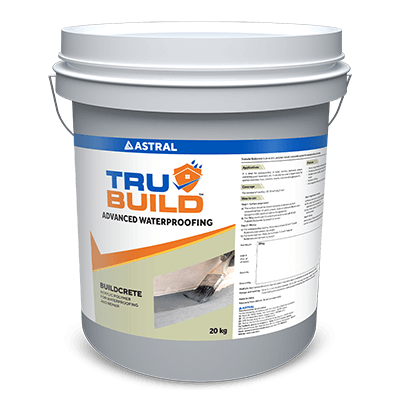
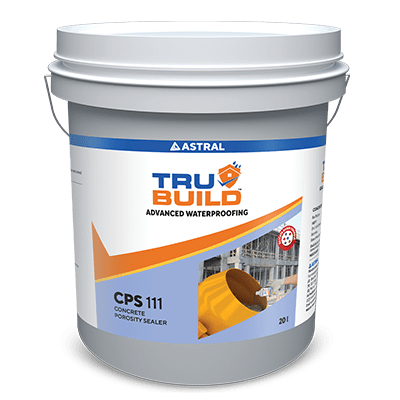
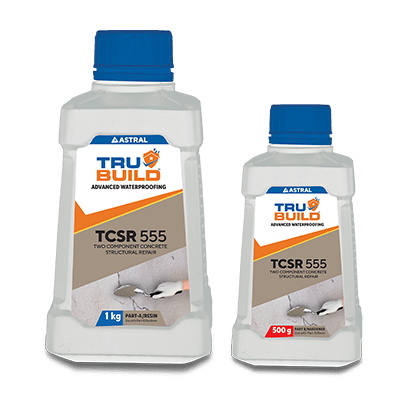
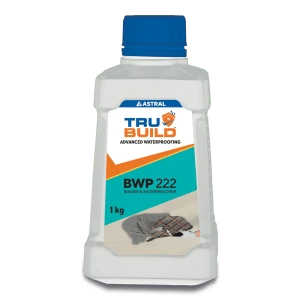
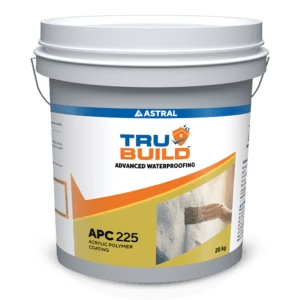
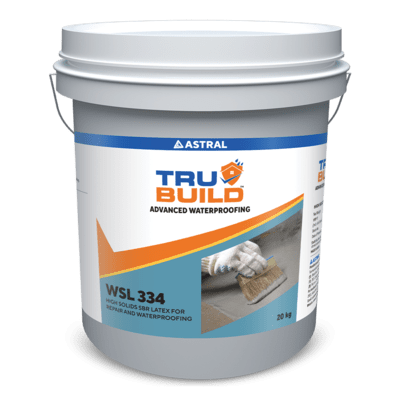
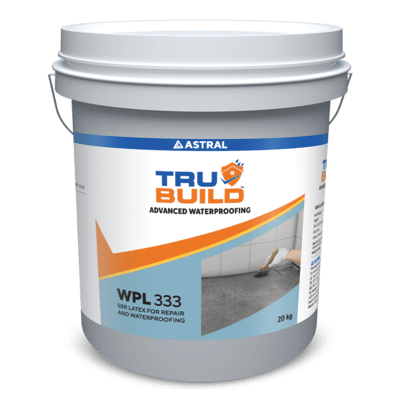

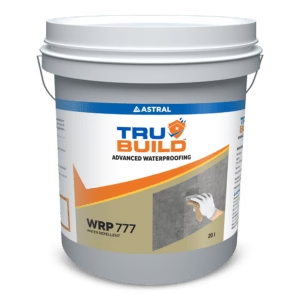


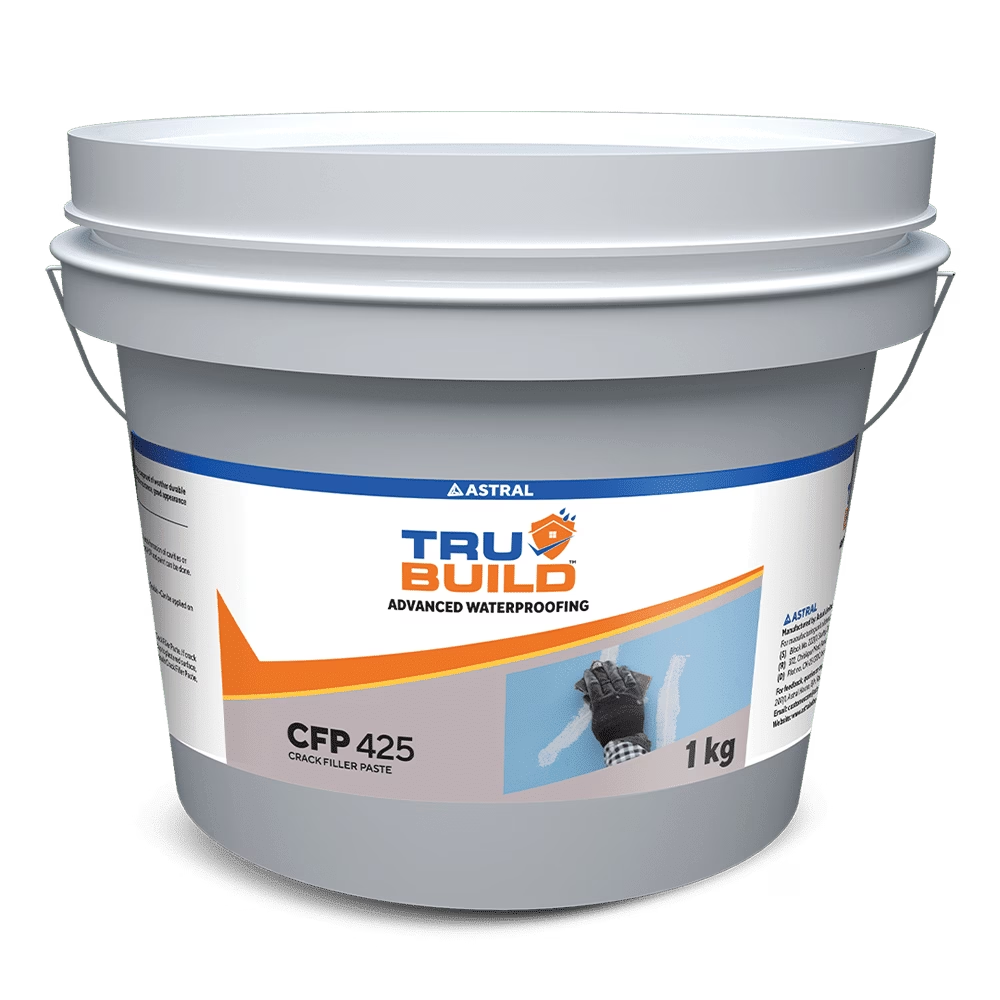


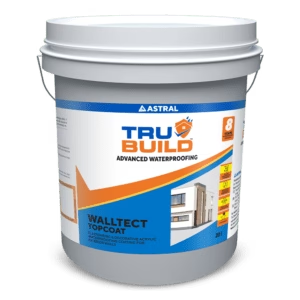

 Professional Sealants
Professional Sealants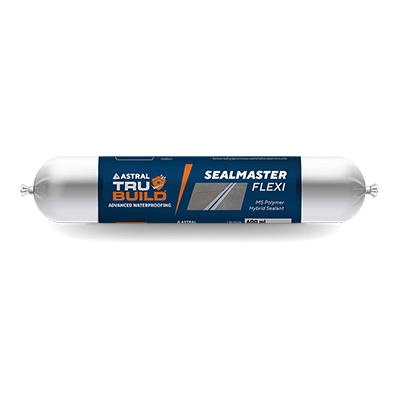
 Roof Waterproofing
Roof Waterproofing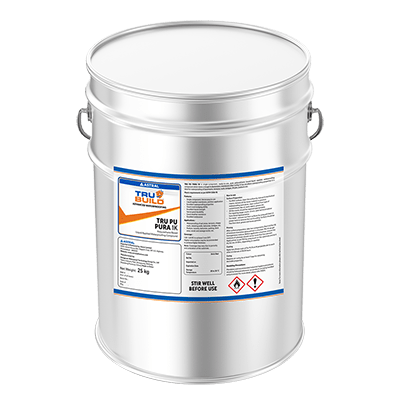

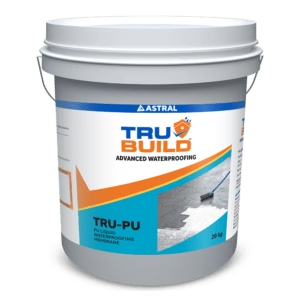


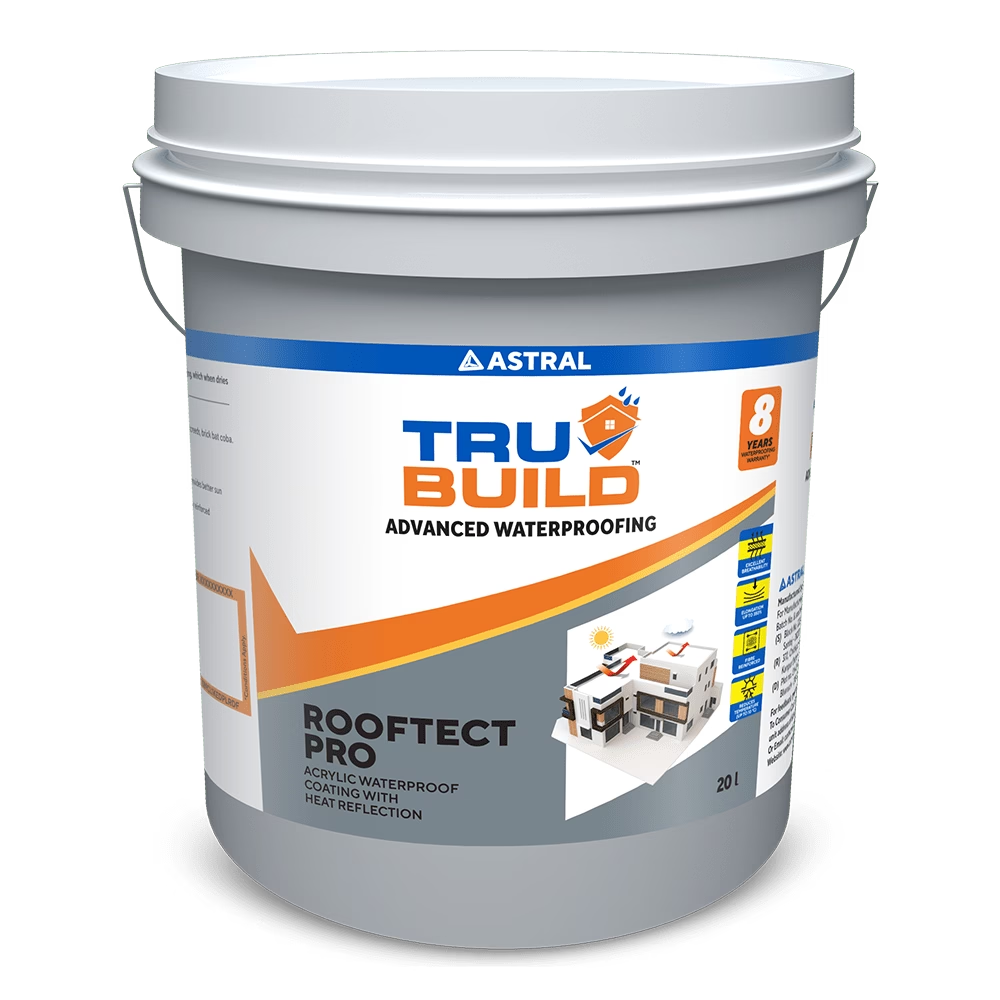

 Substructure Waterproofing
Substructure Waterproofing Tiling and Grouting
Tiling and Grouting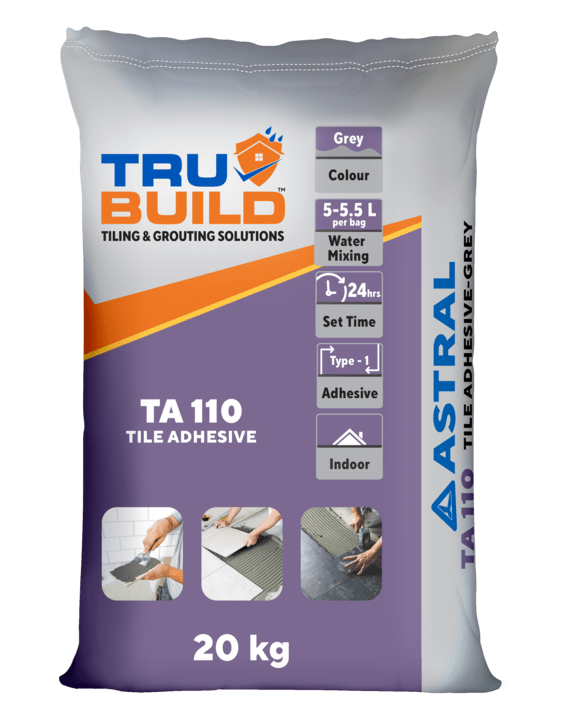

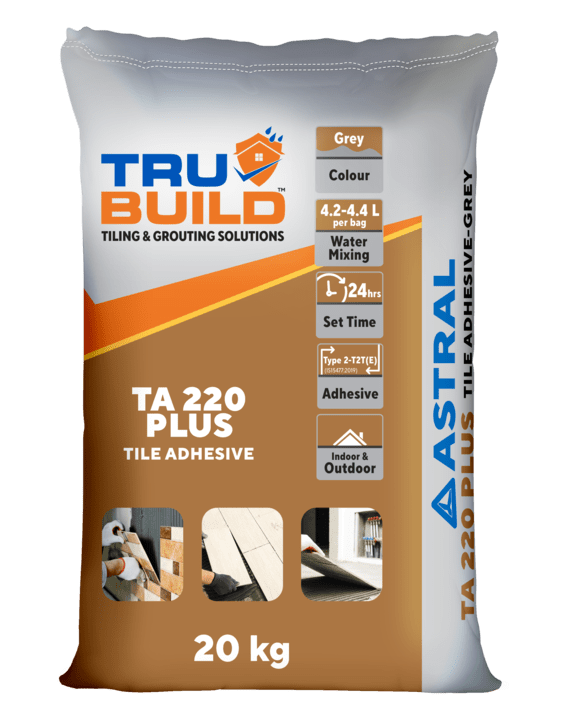
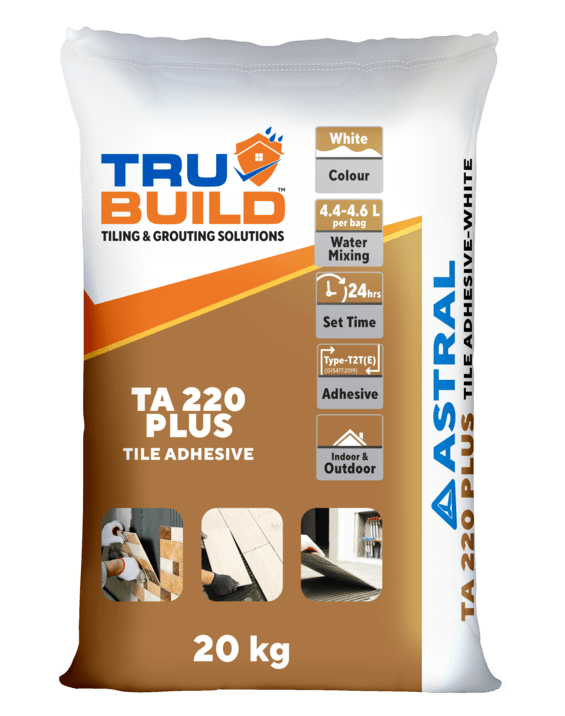
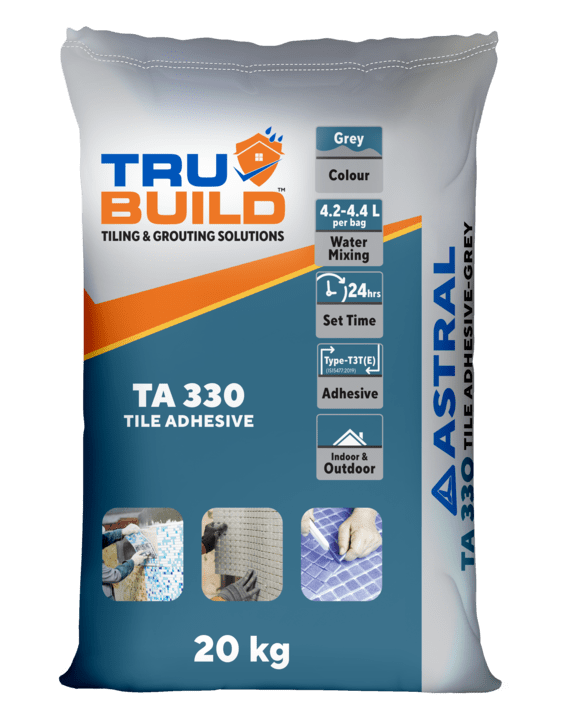
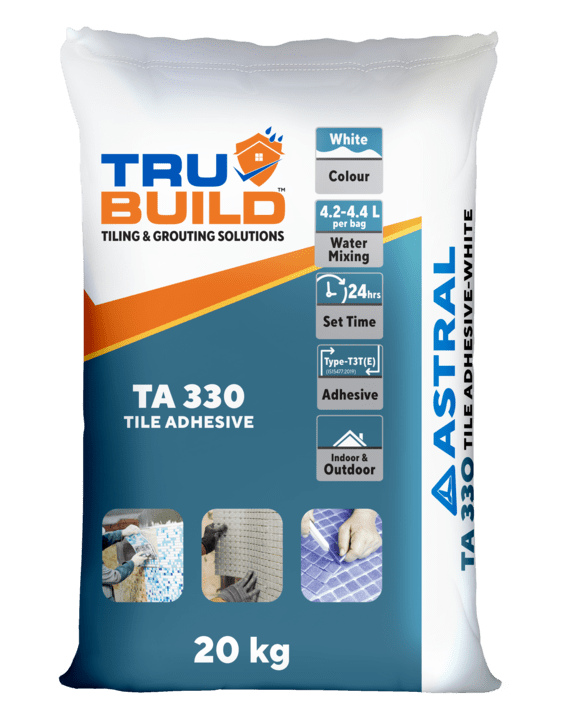
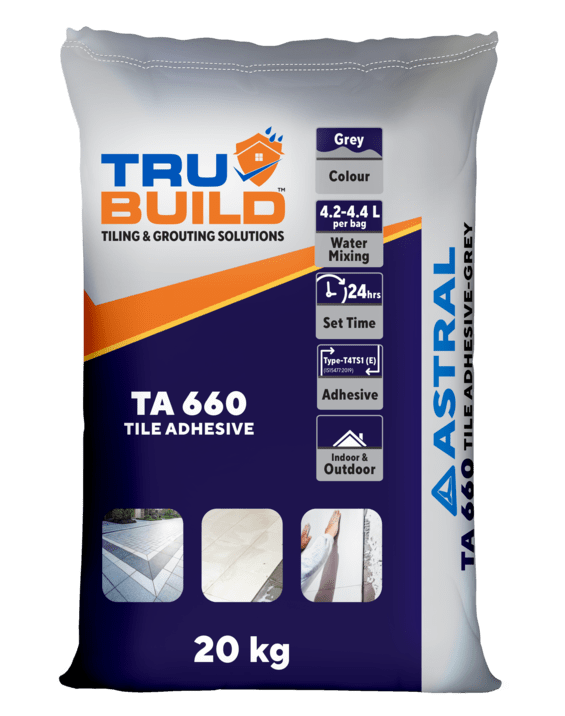



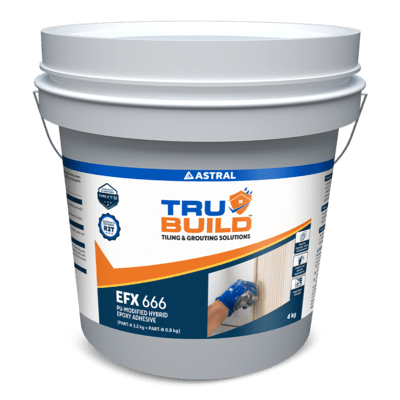
 Water Tanks and Other Areas
Water Tanks and Other Areas